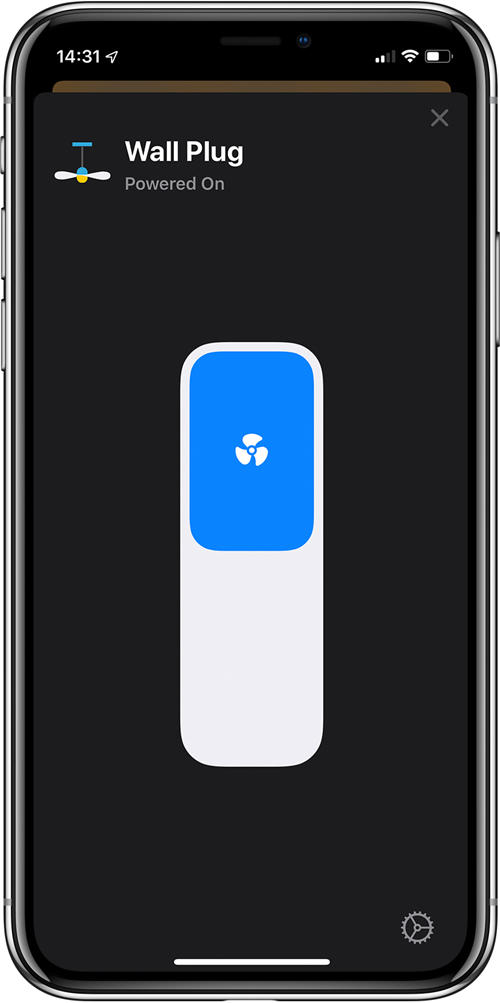


This approach is super easy, relatively inexpensive, and made better by the Home app’s ability to assign smart switches as fans for proper support. A basic window A/C unit was already installed when I moved in, so I simply added a HomeKit smart plug to the setup and assigned it as a fan to make it easily controlled by HomeKit as well. My house has a back porch area that is indoors but lacks central cooling, unlike the rest of the house. In the Home app, you can assign the plug type as a fan (versus light or outlet) so Siri knows it’s connected to a fan and the accessory icon can match. In my office, I connect an iHome Smart Plug to a small flat panel Vornado fan set to its highest speed.

Any model of the iHome Smart Plug that works with HomeKit for under $30 is my preferred smart switch. Controlling cooling with HomeKit doesn’t have to be expensive either.Ĭonnecting a floor fan or window A/C unit to a HomeKit smart plug is the easiest and cheapest way to control cooling with Siri. We’re halfway through August, but summer doesn’t feel anywhere near like letting up: it’s hot outside! Luckily there are lots of ways to keep cool indoors - including four methods that work with HomeKit and Siri. HomeKit Weekly is a series focused on smart home accessories, automation tips and tricks, and everything to do with Apple’s smart home framework.


 0 kommentar(er)
0 kommentar(er)
